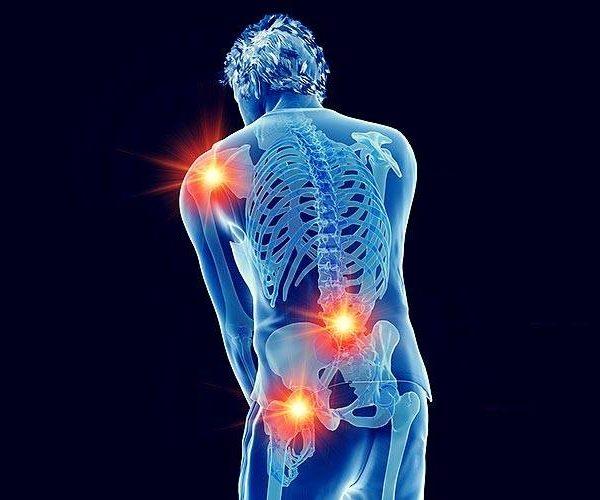Arthrosis is called dystrophic pathology of the joints. The disease develops due to damage to the cartilage tissue. The main symptom of the disorder is pain and deformation of the joints.
It is based on primary damage to the cartilage, which is complicated by the inflammatory process. Subsequent bone deformity may occur.
Content:
- Types of joint arthrosis
- Causes of arthrosis
- Degrees of arthrosis
- Methods for diagnosing arthrosis
- Preventive measures for arthrosis
- Diet and nutrition for arthrosis
- How to treat arthrosis?
- Which doctor treats arthrosis?
The following symptoms are characteristic of the clinical picture:
- Decreased functionality of the affected joint;
- Limited range of motion;
- Pain after mechanical stress. Unpleasant sensations at certain points;
- Tension and instability in the joint;
- Stiffness in the morning. Decrease in the level of discomfort;
- Bony growths. Dense thickenings form along the edge of the joint space;
- Local inflammatory processes.
Types of joint arthrosis
The following types of diseases are distinguished:
- Primary. An idiopathic type of arthrosis is diagnosed if a specific cause of the disorder cannot be established;
- Secondary. It arises due to specific causes, for example, traumatic or inflammatory lesions, endocrine diseases, metabolic abnormalities.
Causes of arthrosis
It can be provoked by a large number of negative factors. Among the main causes of joint tissue pathology, it is customary to single out such as:
- Hereditary predisposition. If your parents, grandmothers or great-grandmothers had similar disorders, then the chances of the onset of pathology increase. Congenital abnormalities of the body can become the cause of the disease;
- Metabolic Disorders;
- Traumatic tissue disorders;
- Inflammation, which entailed the onset of degenerative-dystrophic changes. Such pathologies often develop after autoimmune diseases, the infection process, against the background of hemophilia.
To soften and reduce the thickness of the articular cartilage contributes to overweight and old age.
Degrees of arthrosis
Medical specialists can diagnose one of the 3 degrees of arthrosis in a patient, namely:
- First. At the initial stage, there are no bright morphological disorders of tissues. The main pathological processes proceed latently. It is possible to identify a weakening of the function of the synovial membrane, a change in the composition of the synovial fluid. There is a malnutrition of cartilage and meniscus. The joint resistance to mechanical stress is gradually reduced. Overloads cause pain and local inflammation;
- The second. Active destruction of articular cartilage and menisci. Bones become more sensitive to stress. The size of marginal growths increases. Reflex neuro-trophic regulation worsens;
- Third. When a severe stage occurs, the axis of the limb changes. There is a shortening of the ligaments of the joint, which causes a significant restriction of natural movements. The patient complains of chronic pain and inflammation. Complex trophic disorders of all tissues of the affected limb develop.
Methods for diagnosing arthrosis
Among the instrumental techniques that are required to be used to identify signs of arthrosis:
- X-ray;
- Magnetic resonance imaging;
- Ultrasound ;
- Computed tomography.
Based on the results of the described diagnostic methods, the doctor decides on the stage of the disease and selects the appropriate treatment methods or surgical procedures for a particular patient.
Preventive measures for arthrosis
To reduce the likelihood of damage to joint tissues, individuals are advised to follow the following medical advice:
- Take measures to normalize body weight;
- Timely treat hormonal disorders, endocrine balance, adrenal gland, thyroid and prostate dysfunctions. It is useful for women to visit the gynecologist annually and adjust the state of the body in the postmenopausal period;
- Provide the necessary amount of vitamins and minerals;
- Take measures to treat bone and joint diseases, pathologies of the spine, inflammatory processes;
- Limit the effects of chemical toxins on the body;
- Avoid hypothermia;
- Regularly have sufficient physical activity

